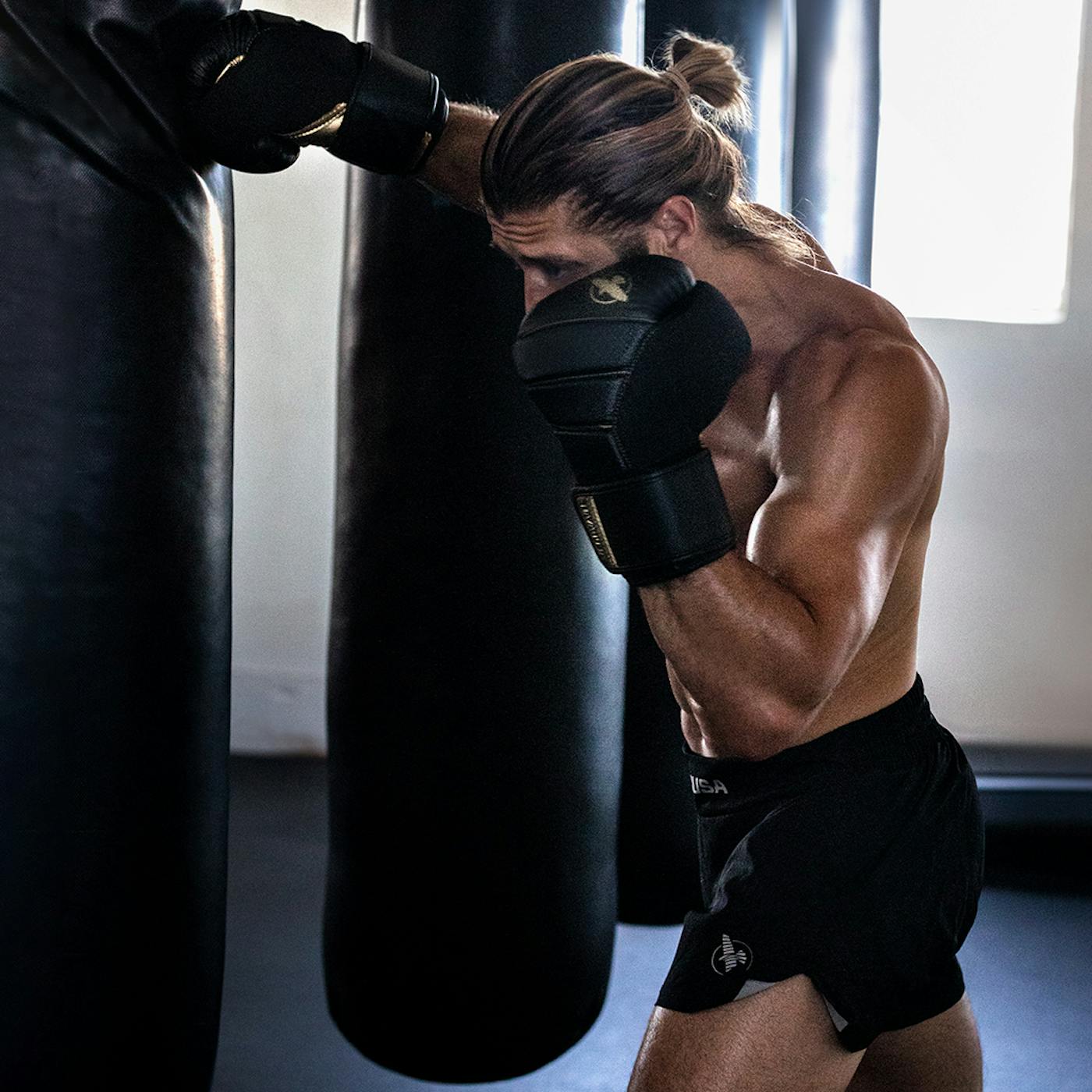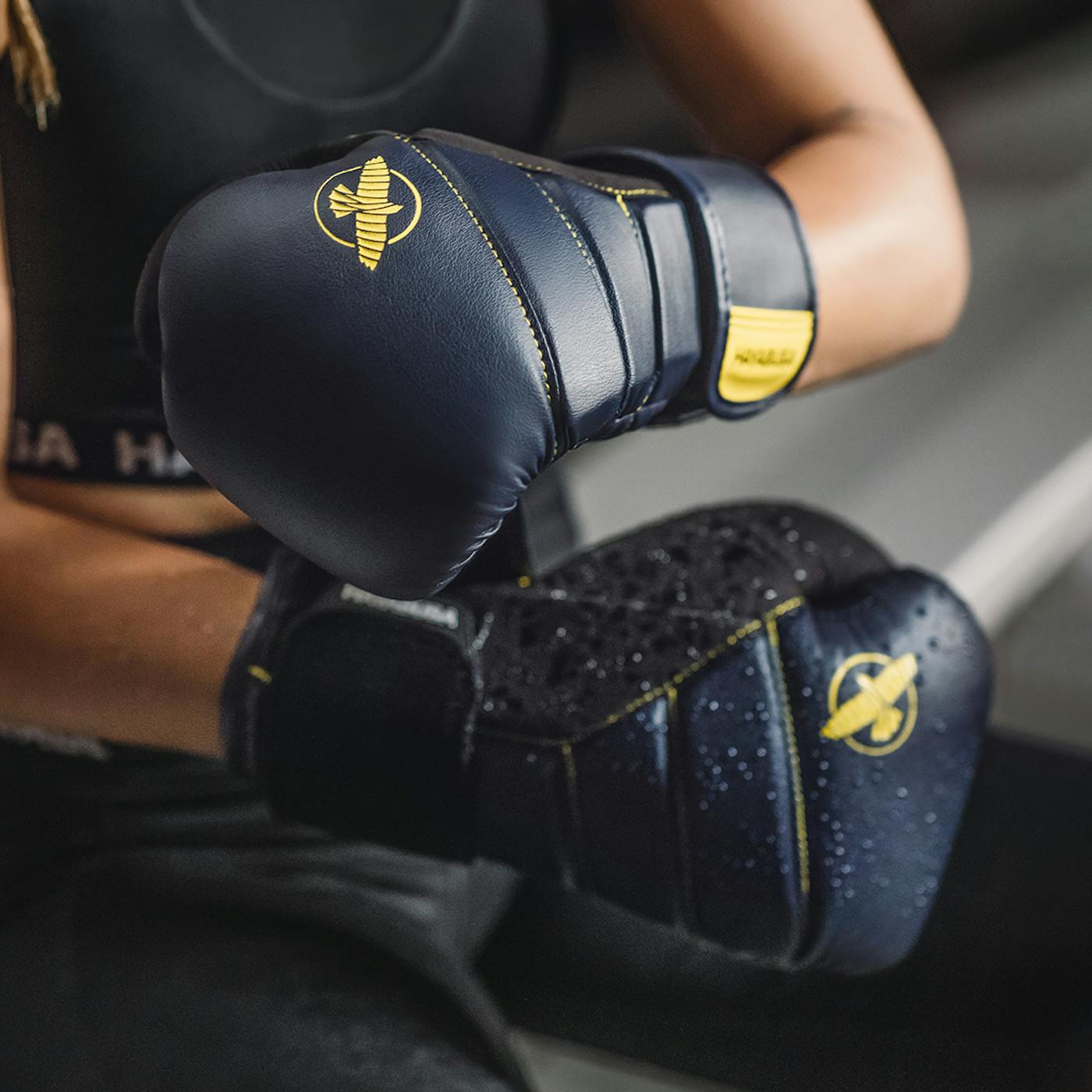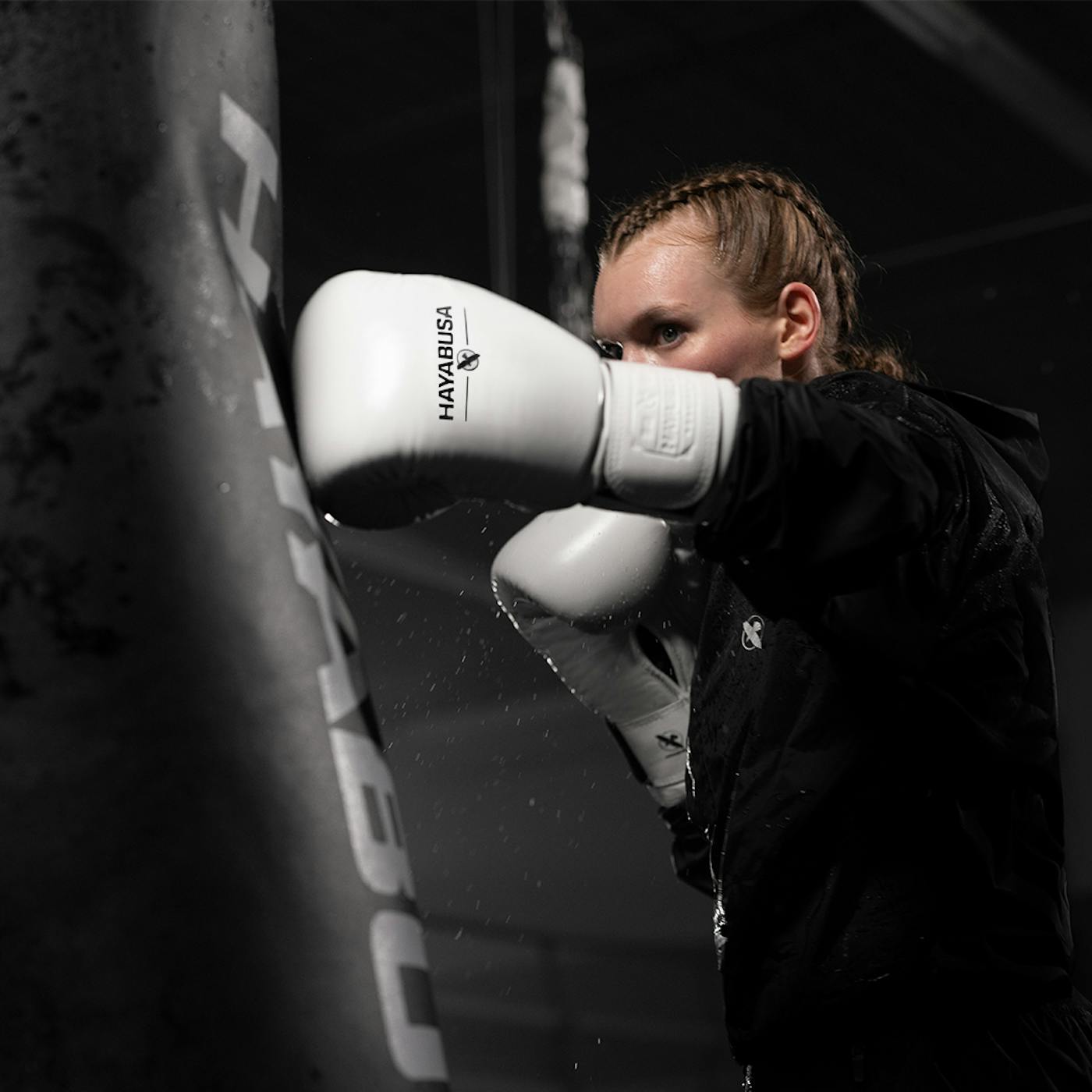An effective boxing stance and strong footwork are essential fundamentals for everyone involved in the sport, regardless of their skill level. And while you'll likely drift to a favorite with experience—one that allows you to move freely, maintain clear visibility, and strike hard—it's always beneficial to brush up on the basics or find new things to try adding to your style and form.
So take out your gloves as we get into some of the different boxing stances and types of boxing styles that you can utilize. In this blog, we’ll also explain the importance of boxing stances and a few dos and don’ts to help improve your performance in the ring.
Common Body Positioning
Starting with an overview of body positioning, it's important to remember no one stance suits all boxers. Instead, an individual fighter settles on one that feels natural, maximizes strengths, and minimizes weaknesses.
In other words, what worked for Muhammad Ali may not work for you. When first starting out, experiment with various boxing stances to see what feels good to you. Still, positioning fundamentals, like your foot placement, are relatively consistent across all stances.
Foot Placement and Lower Body
While you’re not required to maintain one type of boxing stance, your foot placement arguably comes the closest to having defined right and wrong ways to execute. This is because boxing footwork determines your:
- Balance
- Punching effectiveness
- Ability to pivot
The bottom line is proper foot placement determines your personal boxing style’s effectiveness from the ground up. Keeping yourself primed for quick movement and core rotation is crucial, which bears similarities to a spring under compression.
If it's already compressed, it's ready to extend and exert force rapidly. But if the spring is fully extended already, it takes additional time first to compress it.
To get started with proper foot placement, try out these tips:
- Start with your feet shoulder-width apart, then take the foot opposite your dominant hand and move it forward about a half step. Your weight should feel balanced.
- Keep your knees slightly bent and tighten the core.
- Your front foot can be more planted to help transfer power to your punches but lift your back heel off the ground.
Many punches require throwing your hips behind them and twisting your core, which involves pivoting on your feet. If you let your weight settle on your heels instead, it will delay your movements or prevent effective pivoting because you'll need to transfer your weight into position first every time.
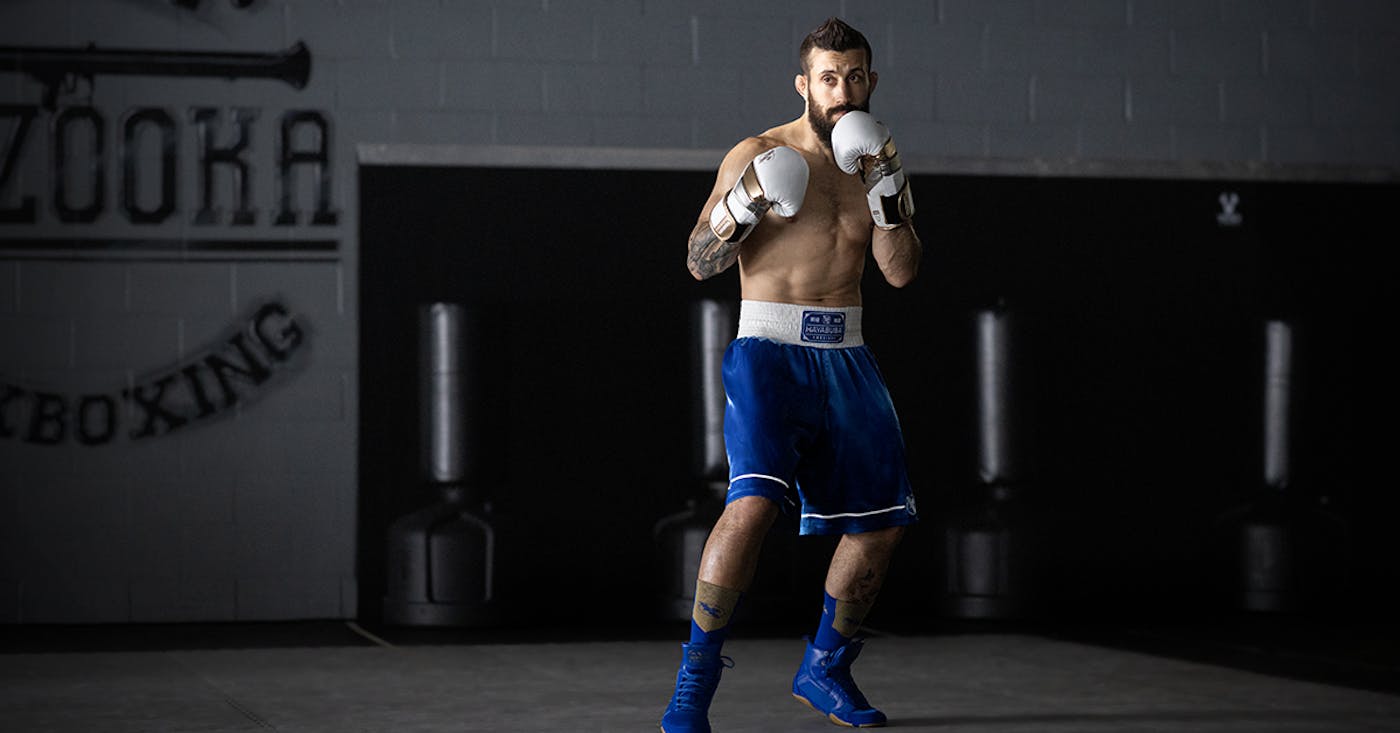
Upper Body and Arms
With your upper body, positioning should stay loose and relaxed. Here are key principles for maximizing the effectiveness of your upper body:
- Tuck your elbows to protect your body.
- Keep your lead hand in front of your body. This will allow you to block incoming punches.
- Position your rear glove in front of your chin and cheekbone. Make sure this glove doesn’t impair your visibility.
- Tuck your chin into your chest. You can clench your jaw if this helps you maintain your position.
Orthodox Boxing Stance
Of the different boxing stances, the orthodox stance is a common starting point for most beginners. Utilized by fighters like Floyd Mayweather and Tyson Fury, this stance occurs when a fighter stands with their left foot out front with their right side positioned behind.
The left arm is in the boxing hand position, while the right arm serves to protect the body. This boxing style suits most right-handed fighters. Because the right hand is held back to deploy powerful straight punches, the orthodox stance allows fighters to utilize a wide variety of punch combinations to land hits on opponents.
For example, one of the most effective punches from this stance is the cross, which lands with full power on the opponent’s chin. Additionally, since orthodox fighters are more popular, it’s easy to learn the basics and identify how to attack and defend yourself.
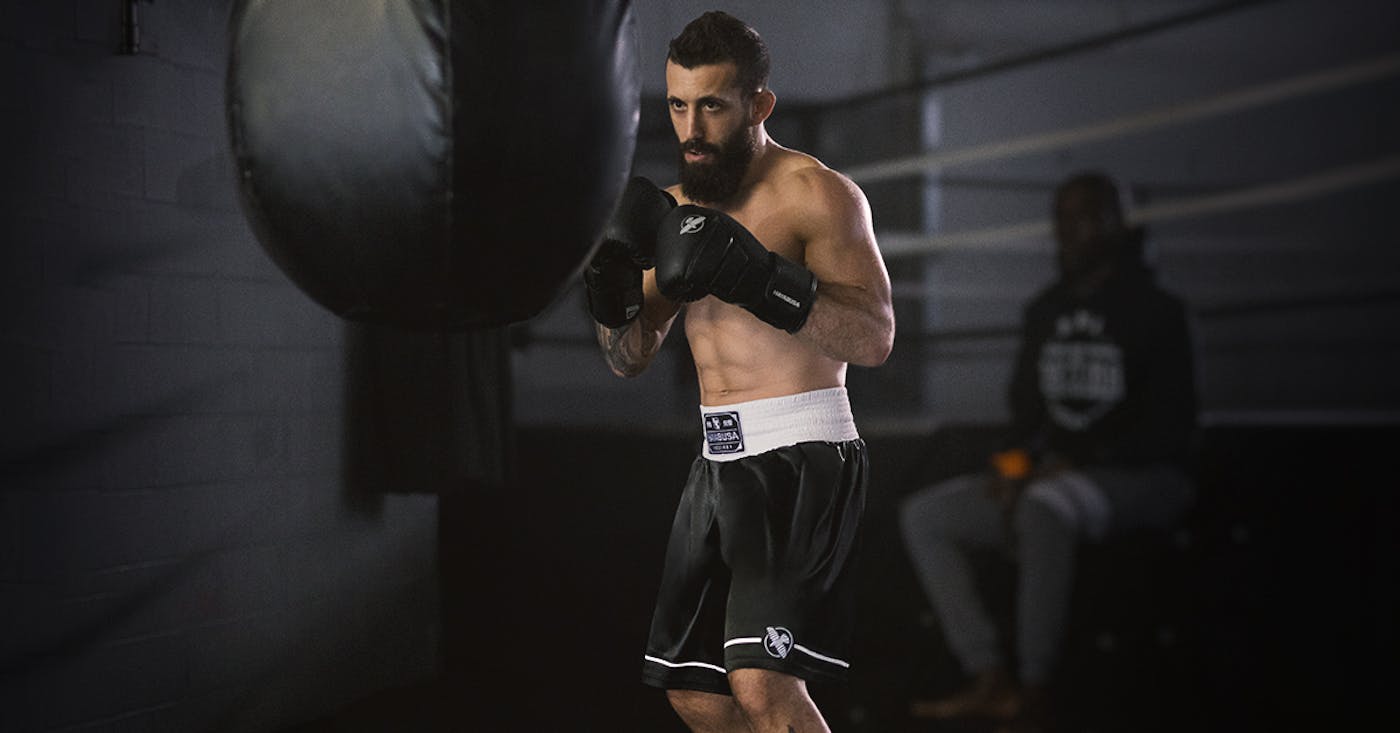
Southpaw Boxing Stance
The southpaw stance is most commonly used by left-handed boxers. It basically mirrors the image of a boxer who uses the orthodox stance. As a result, it can create all kinds of problems for an orthodox fighter.
One famous fighter is world champion Manny Pacquiao, who harnessed the southpaw stance on his way to 12 major world titles. Southpaw fighters can leverage the same variety of punches that orthodox fighters can; they’re just performed using the opposite hand.
Crouching Stance
The crouch stance—favored by Mike Tyson—utilizes a constantly crouching position to surprise and lunge at an upright fighter. Instead of standing up straight, the fighter hunches over. Additional elements to this unorthodox stance include:
- Keeping your feet more firmly on the ground.
- Both fists are raised high to better protect the face.
Who should utilize the crouching stance? Mainly shorter boxers. Adopting a crouching stance will allow you to keep your head low, avoiding otherwise-devastating blows if you're smaller in stature.
Wide Stance
Finally, the wide stance is an effective position for dodging blows and weaving in and out, rather than forward and back, more quickly. It was practiced by fighters including David Haye and Ken Norton and is often seen in use by those with martial arts backgrounds, like Jiu-Jitsu and Muay Thai.
Using a feet-apart approach can help you deliver more intense hits. The wide stance can be adapted by right and left-handed boxers alike and will allow you to get into position for a powerful strike.
However, one downside to this fighting stance is that it sacrifices forward and backward mobility along with some balance. For this reason, it's often practiced by more advanced boxers who can more easily switch stances without compromising their effectiveness.
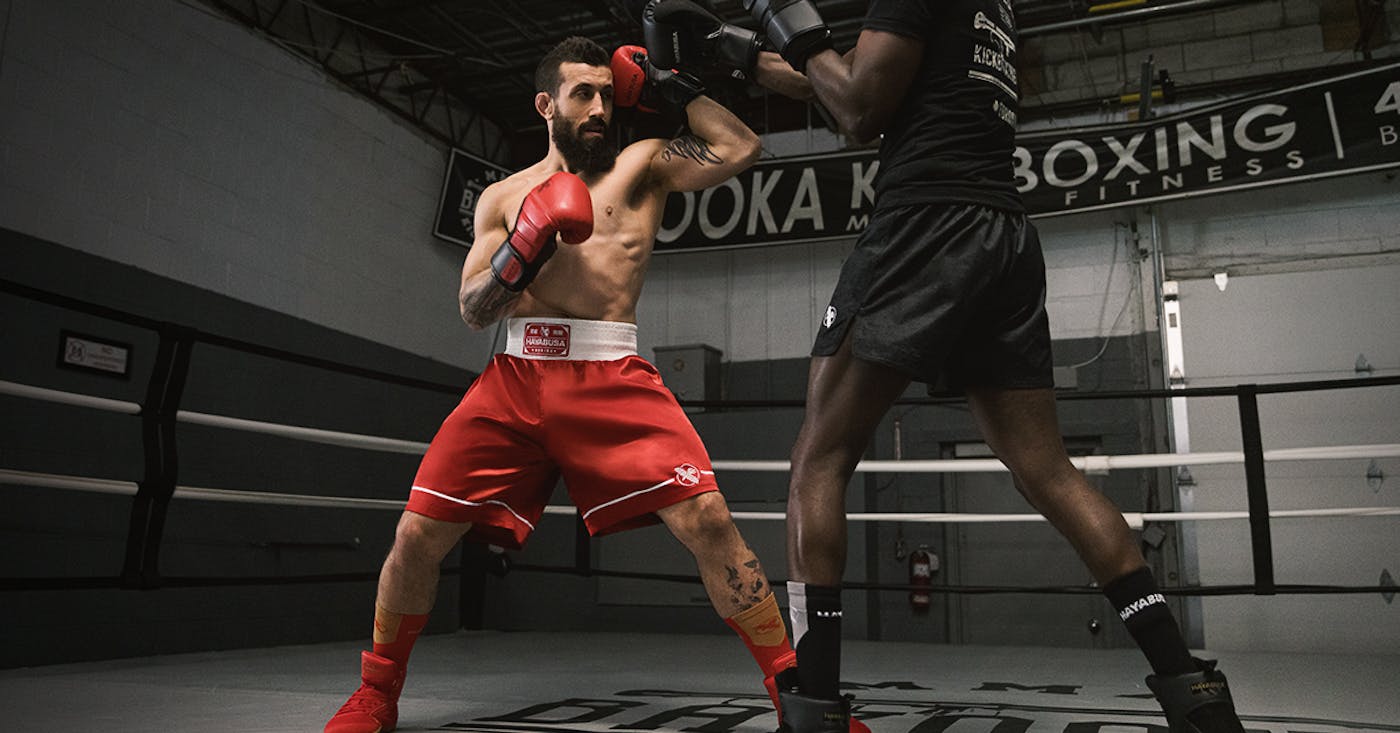
Importance of Boxing Stances
How you show up on the mat makes a difference, and it all starts with a powerful fighting stance. A good stance will help you improve your defense positioning and keep opponents off-guard as they anticipate your next move. It also helps with:
- Power
A proper boxing stance helps you to generate more powerful punches. Staying grounded and twisting from the core helps you deliver effective, accurate punches.
- Balance and stability
Managing your center of gravity is an essential part of developing the right boxing stance to improve your punches and boxing techniques. Learn how to improve your boxing footwork by adding a few simple footwork drills to your regular workout routine.
- Mobility
Staying agile on the feet is essential in both offensive and defensive positioning. It allows you to move quickly around your mat (and opponent) and dodge punches.
One of the best ways to perfect your boxing stance is to shadow box in front of a full-size mirror. This allows you to evaluate your stance and techniques so you can make adjustments. Even when you’re not working with a bag or a sparring partner, it allows you to continue to improve your boxing skills in the comfort of your own home.
Dos and Don’ts of Boxing Stances
awkward. But as you gain experience and get comfortable as a fighter, some of the basics will start to feel like second nature.
Regardless of whether you use a southpaw stance or stick with an orthodox stance, keep in mind these simple dos and don’ts as you improve along your fighting journey.
- Do relax your shoulders and arms. Bring the hands up to your chin, elbows bent.
- Don’t raise your chin. It gives your opponent a clear face shot; keep the chin tucked in.
- Do maintain correct foot placement with your body at the front angle.
- Don’t let your back arm hang loose; keep it up to protect your face.
- Do align the front and back feet for balance.
- Don’t be flat-footed; it affects mobility.
- Do stay focused. When the mind wanders, it leaves room for mistakes.
Mistakes and injuries are more likely to happen when fundamentals aren’t followed. Boxing involves both a physical and mental aspect, which is why establishing a strong boxer stance is essential to keep you on guard at all times.
Hayabusa T3 Lace Up Boxing Gloves

Hayabusa Hex Mid-Thigh MMA Shorts
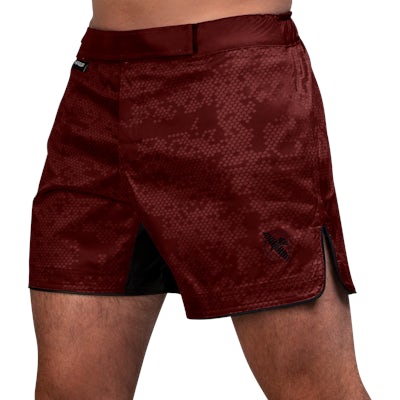
Hayabusa Talon Boxing Shoes
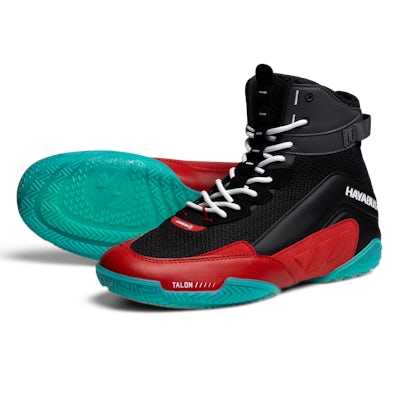
Hayabusa T3 Boxing Gloves
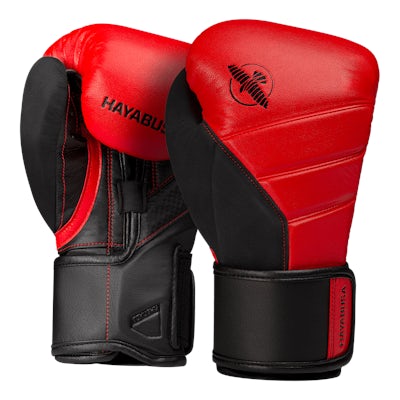
Become a Better Boxer with Hayabusa Premium Gear
Looking for how to get faster punches, dance like Naseem Hamed, and knock out your opponents? Your journey to better boxing form begins with a lethal, balanced fighting stance.
Experimenting with different stances will make you more comfortable in the ring, allowing you to better anticipate your opponent’s moves, and help you find your unique style. Whether you opt for the orthodox stance or prefer a lefty who’ll benefit from a southpaw stance, test different positioning and see what works best.
But boxing is more than good footwork and fast jabs; you’ll also need premium boxing gear to take you to the next level.
At Hayabusa, we consider all the technical elements, like wrist support and knuckle padding, to create world-class boxing gloves that provide proper fit and protection. Our collection has boxing gloves for every level of fighter and are perfect for boxing pad work, heavy bag training, and sparring.
Meanwhile, having the right footwear is important to prevent slipping, improve agility, and provide ankle support as you work on your boxing stances and techniques. The form fit and flexible soles of the Hayabusa Pro Boxing Shoes provide stability and control as you train.
Reach your peak performance with fight shorts designed to maximize your comfort and mobility. Whether you need performance shorts for everyday training or pro boxing shorts for your next competition, choose from a quality lineup of apparel that is lightweight, breathable, and provides ample support.
Dress the part of a champion fighter by wearing high-quality gear designed to support you and keep you comfortable. As you work on your boxing stances and form, we have the equipment and apparel you need to amplify your performance. Check out our latest collections today.
Sources
MixedMartialArts.Life. Boxing Footwork | 5 Reasons Why It’s Important To Learn About it First.
Quartz. What to look for during the Mayweather-Pacquiao fight.
Evolve Daily. 3 Of The Most Effective Knockout Punches In Boxing.

